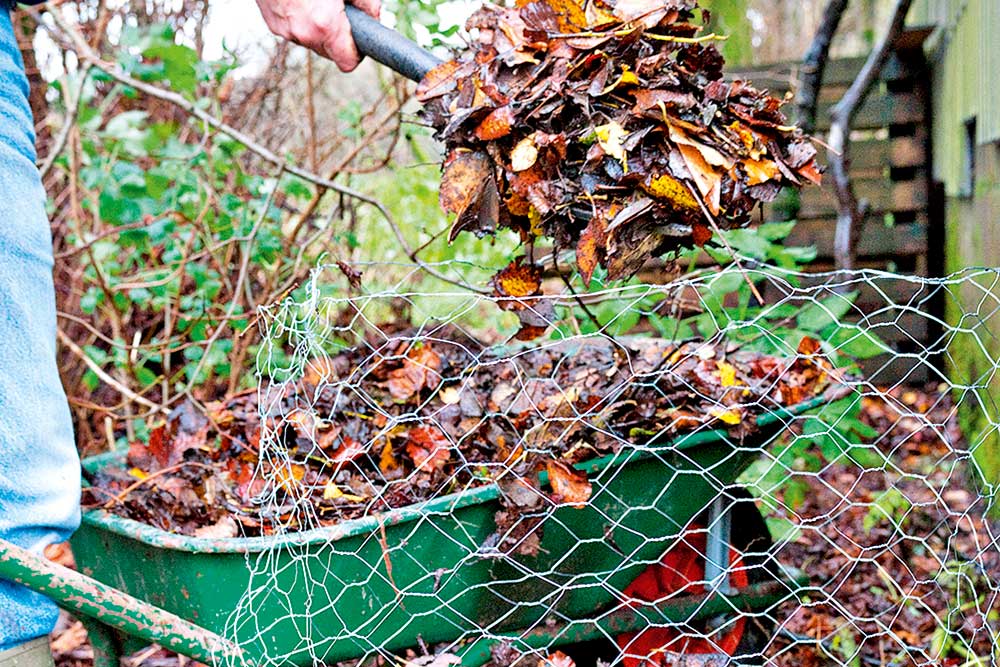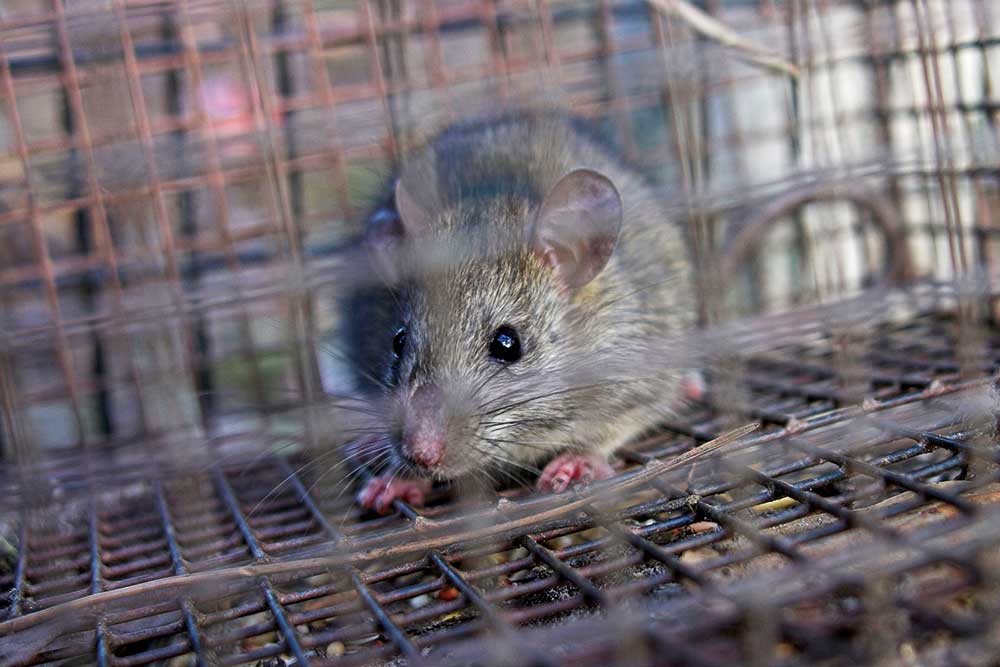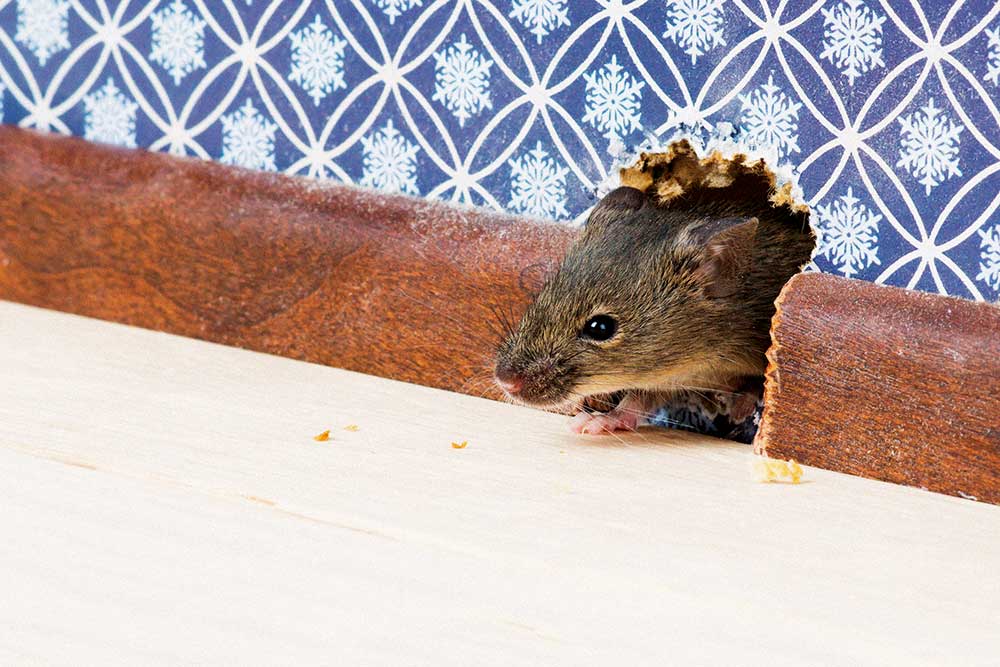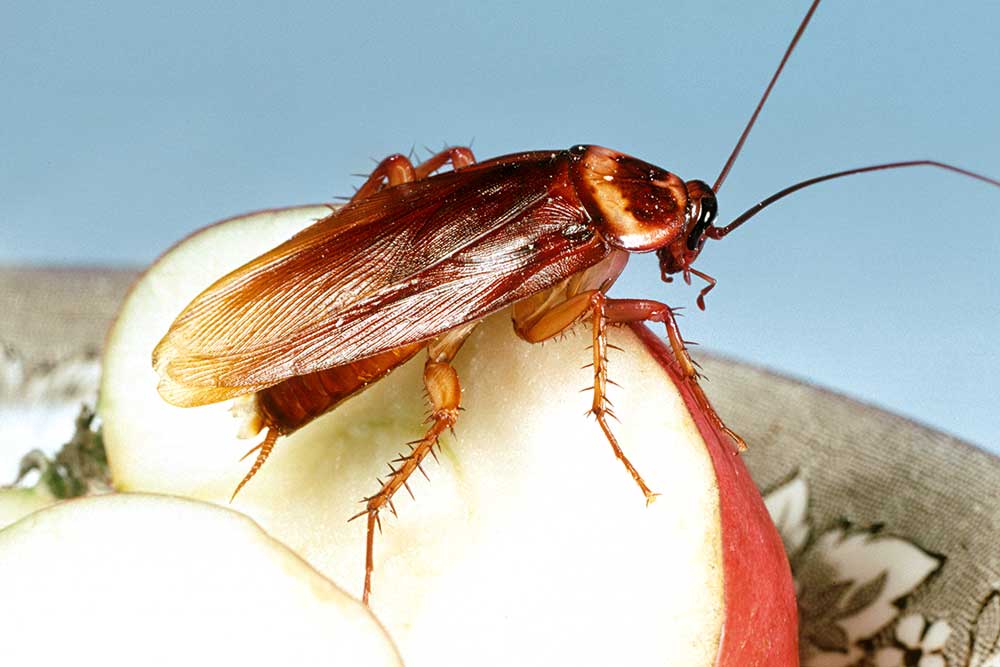
As winter settles in, you may find that unwelcome guests attempt to set up camp in your home, seeking food, shelter and warmth as the temperatures drop.
But you can ensure these creatures, such as rats, mice and cockroaches, don’t stay for the season and produce a new generation to plague the house.
Learn their weaknesses to stop them spreading disease and causing damage to your home.
Rat attack
Have you noticed frayed wires, gnawed skirting boards, holes in woodwork, nests in attic insulation, and droppings?
This indicates you have a rodent infestation. Carriers of disease, rats can cause structural damage or spark electrical fires.
Discourage them from entering your home by sealing holes, removing leaf litter and rubbish from the garden, trimming branches away from the roof, closing garbage bins and installing wire mesh over compost bin vents.
If they’ve already made it inside, leave out poisoned baits, remove nests, or set out traps and, in extreme cases, call in a professional.
DIY TIP Tie bacon rind and other strong-smelling food sources like anchovies to a trap to outsmart crafty rats.

To discourage rats from entering your home remove leaf litter and rubbish from your garden

In eastern Australia, the subspecies of bush rat is often mistaken for the introduced black rat, but they are shy with rounded ears and don’t carry disease
House mouse
Mice constantly gnaw on anything and everything, from your cereal to the skirting boards, and can leave behind about 80 droppings each day.
This activity contaminates food, cupboards and benchtops, and results in particles that can trigger asthma.
Set baited traps on pathways that mice regularly use, which can be identified by droppings, trails of urine, grey smudges on walls and entry points in the walls.
SAFETY TIP Wear gloves when handling traps to protect yourself from disease and to avoid leaving your scent behind, as it may deter mice.

Wild mice live up to two and a half years and can start producing offspring at just six weeks old. One female can produce over 100 babies each year
Cockroaches
These insects thrive in warm, humid and unhygienic conditions. And they can take over quickly in winter, with heaters running and washing hung up inside to escape the rain, as this creates the ideal environment.
The three common species of cockroach in Australia found in and around the home are the German, American and Oriental
Wiping out a colony living in your house starts with ensuring all bins have lids and that no food, including pet food, or rubbish is left out to remove all sources of sustenance.
Fixing leaky taps and wiping sinks dry between use will also help, as it will deprive them of access to water.
Once you’ve made life hard for them, eradicating them can be as simple as spraying them on-site with an aerosol or using sticky traps and baits.
You can also buy a bomb from your local hardware store that provides up to three months protection.
DIY TIP Lure and trap cockroaches by greasing an empty margarine container and baiting it with a little honey.

The American species is the largest of the common cockroaches, growing to about 4cm

